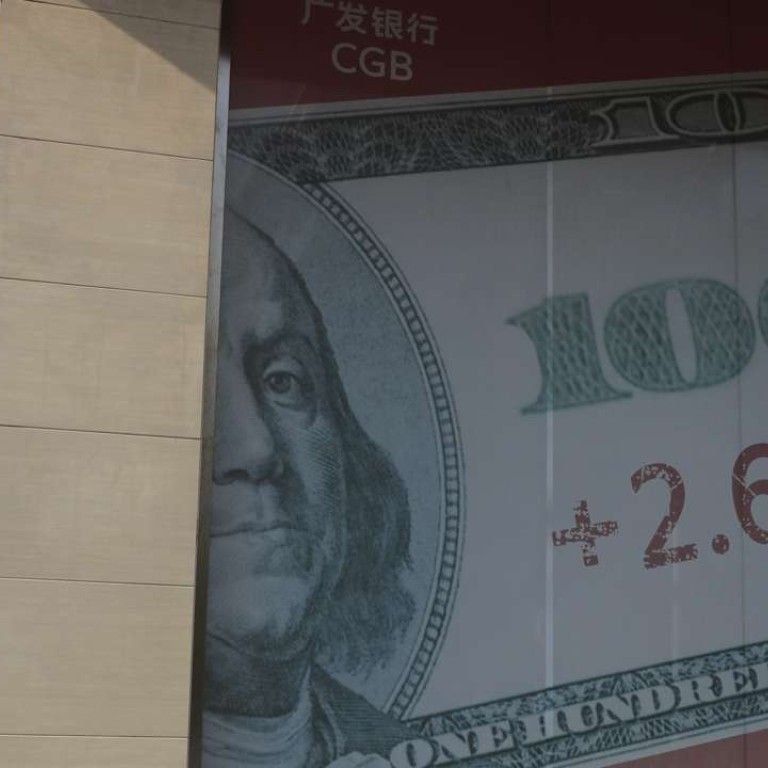
Yuan weakens against US dollar as People’s Bank of China lowers reference point
People’s Bank of China sets the yuan reference point lower against the US dollar
China’s yuan continued to weaken on Wednesday morning, but no significant movements are expected before year end unless the United States Federal Reserve does something dramatic at its meeting next week, analysts said.
Onshore yuan in Shanghai was trading at 6.8902 to the US dollar at 10.20am on Wednesday, 0.12 per cent weaker than Tuesday’s close of 6.8818.
Offshore yuan in Hong Kong was traded at 6.8997 to the US dollar 10.20am, 0.17 per cent weaker than Tuesday’s 6.8878.
The People’s Bank of China on Wednesday set the central parity rate at 6.8808 against the US dollar, weaker by 233 basis points from its level Tuesday.
Traders are allowed to trade up to 2 per cent either side of the reference point for the day.
There’s unlikely to be any “severe movements” before year-end as investors de-risk, although investors will be watching the US Federal Reserve meeting next week, Stephen Innes, Asia-Pacific senior currency trader and analyst at Oanda said.
If the Fed is hawkish, he expects the dollar to go up, while a dovish tone will put the dollar under pressure, he said.
“I find the psychology involved in the yuan trade is so much predicated on the US,” he said.
Both the euro and the dollar were little changed on Wednesday as investors wait for direction from Thursday’s European Central Bank meeting, where more quantitive easing measures may be announced.
Innes said such a move would be likely to put the euro under “severe pressure”, with the expected interest rate hike in the US adding to downwards push.
The PBOC has been gradually lowering the reference point over the past month. Analysts expect more weakness ahead, with the currency likely falling to 6.9 by year-end.

